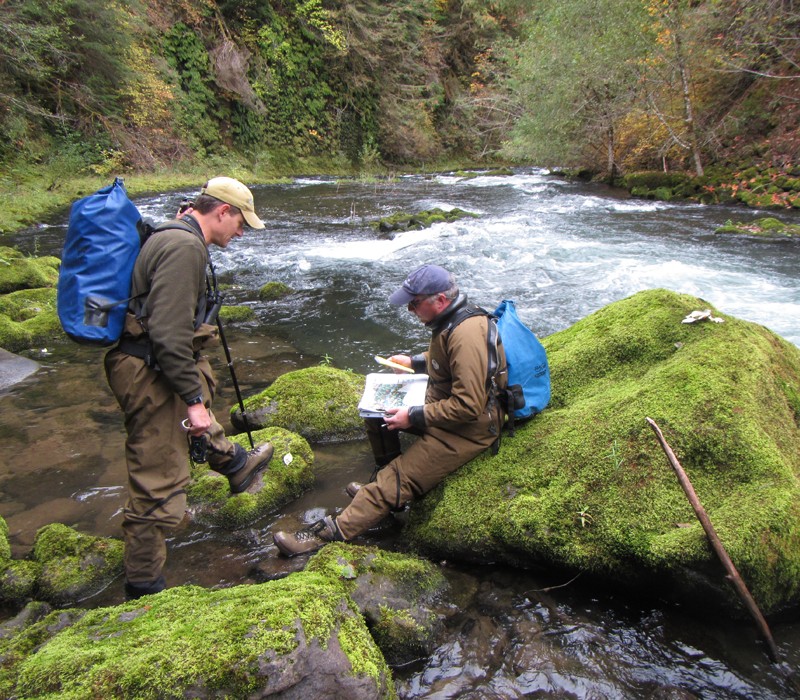Habitat protection
Pristine wilderness – it’s part of what makes the West so unique. To protect and preserve the land we all call home, our ongoing stewardship is focused on key areas, including:
- Preserving forests, grasslands and wetlands
- Reducing hydroelectric facilities' impact on fish and wildlife
- Implementing avian protection plans

Wildlife management
In Washington, our efforts on the Lewis River allow migrating fish access to approximately 100 miles of habitat that was previously unavailable.
We also manage 15,156 acres of land around our Lewis River hydroelectric projects to create a healthy place for elk and other wildlife to prosper.
Land preservation and reclamation
To benefit conservation along the Bear River in Franklin County, Idaho, PacifiCorp owns 3,358 acres of lands to help improve habitat and water quality along, and within, the river.
Reclamation efforts at the Dave Johnston Mine in Glenrock, Wyoming, have been recognized with numerous awards from federal, state and environmental agencies for innovative reclamation techniques that enhance wildlife habitat. The former Dave Johnston Mine site is now home to Glenrock and Rolling Hills wind projects, which together produce 239 megawatts of renewable energy for customers.
Avian protection
The company’s land along the Bear River in Cache County, Utah, is recognized as an Important Bird Area (as designated by the International Audubon Society) for its remarkable habitat for migratory birds.
To help safeguard birds, we install protective equipment on power poles and in substations. We reframe poles and install covers on conductors to prevent birds from making electrical contact. In areas where bird collisions are a risk, lines are marked to make them more visible. We also install platforms to provide nesting sites away from energized lines. At company-owned wind projects, we monitor avian activity and curtail turbine activity seasonally. These efforts benefit birds and other wildlife and improve service reliability.
Fish management
The fish passage project on our facility along the North Umpqua River in Oregon provides fish access to historic spawning grounds unused for more than 60 years. Special bridges across project waterways allow animals to cross between habitats.
Tour a hydro facility: Each fall, PacifiCorp hosts a public tour of the fish enhancements at the North Umpqua Hydroelectric Project, approximately 60 miles east of Roseburg, Oregon.
Recreational opportunities
To make it easy for everyone to come out and experience the beauty of the West, the company manages several outdoor recreation facilities along our hydroelectric projects. Families camp, anglers cast, rafters plunge and hikers get closer to nature enjoying the vast acreage maintained by the company for public use.